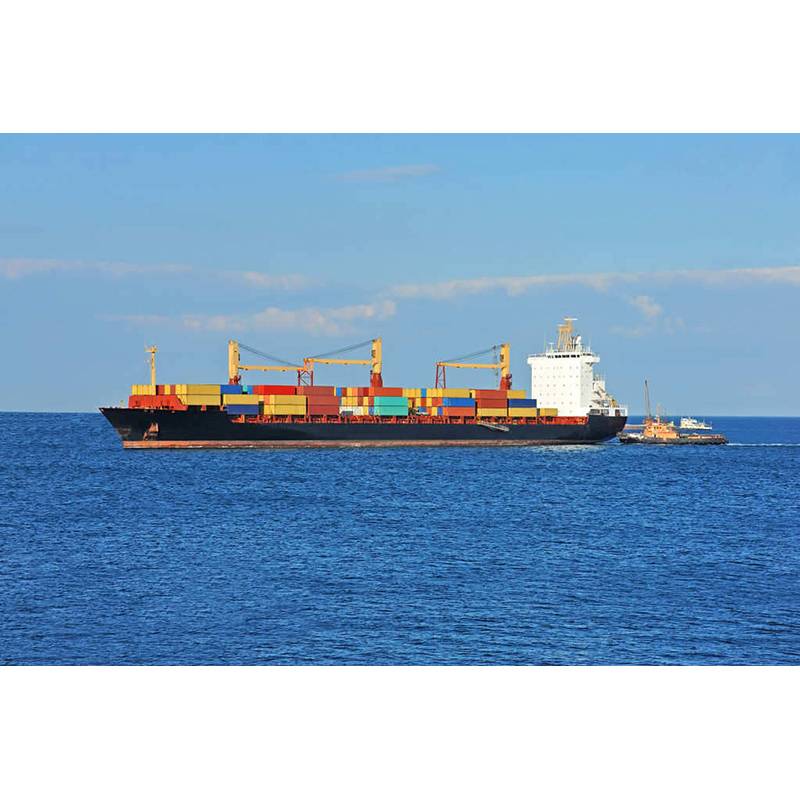Key points about sea freight
2023-12-02
Sea freight, also known as ocean freight, is the transportation of goods via cargo ships across bodies of water. It is one of the oldest and most cost-effective modes of international shipping, particularly for large and heavy shipments. Here are some key points about sea freight:
1. Types of Cargo Ships:
- Container Ships: These vessels transport cargo in standardized containers, making the loading and unloading process efficient. Containerization has revolutionized global trade by simplifying logistics and reducing costs.
- Bulk Carriers: These ships carry unpackaged goods, such as grains, ore, and minerals, in large quantities. Bulk carriers are divided into dry bulk carriers and liquid bulk carriers (tankers).
- Roll-on/Roll-off (Ro-Ro) Ships: Designed to carry wheeled cargo, such as cars, trucks, and trailers. Vehicles can be driven on and off the ship, simplifying the loading and unloading process.
2. Containerization:
- Standardized containers, such as those complying with ISO standards, allow for easy transfer between different modes of transportation (ship, truck, and rail).
- Common container sizes include 20 feet (TEU - Twenty-Foot Equivalent Unit) and 40 feet (FEU).
3. Port Operations:
- Ports play a crucial role in sea freight. They serve as hubs for loading and unloading cargo, customs clearance, and other logistical operations.
- Major ports around the world include Singapore, Shanghai, Rotterdam, and Los Angeles.
4. Transit Times:
- Sea freight is generally slower than air freight, and transit times can vary significantly depending on the shipping route, distance, and weather conditions.
5. Cost-Effectiveness:
- Sea freight is often more cost-effective than other modes of transportation for large and heavy shipments.
- The cost is influenced by factors such as the shipping route, cargo volume, container type, and any additional services required.
6. Environmental Impact:
- While sea freight is energy-efficient compared to air freight, shipping still contributes to carbon emissions. Efforts are being made to improve the environmental sustainability of maritime transport.
7. Documentation:
- Sea freight involves a significant amount of paperwork, including bills of lading, packing lists, commercial invoices, and certificates of origin. Accurate and complete documentation is crucial for smooth customs clearance.
8. Incoterms:
- Incoterms (International Commercial Terms) define the responsibilities and obligations of buyers and sellers in international trade. They specify who is responsible for shipping costs, insurance, and risk at each stage of the transportation process.
Sea freight is a fundamental component of global trade, facilitating the movement of goods between countries and continents. It is particularly suitable for bulk shipments, heavy machinery, and non-perishable goods where longer transit times are acceptable.



